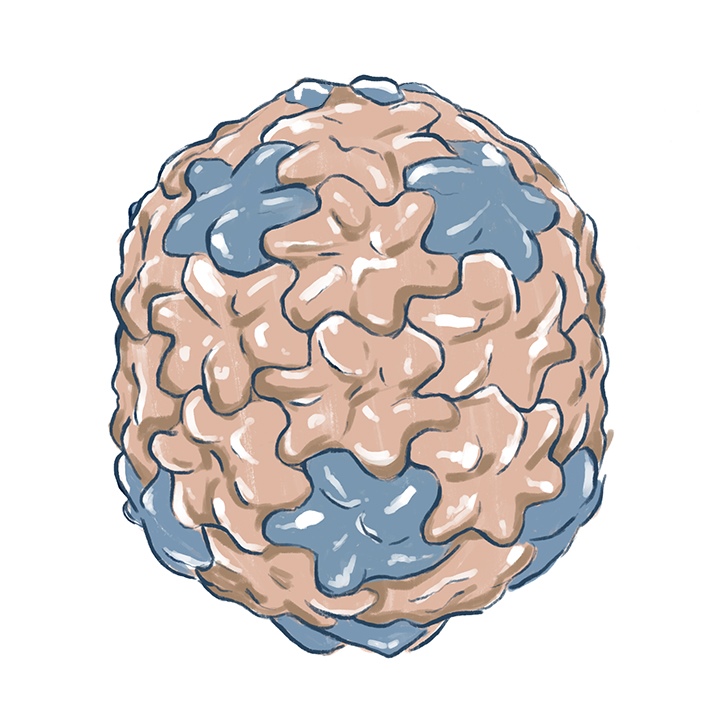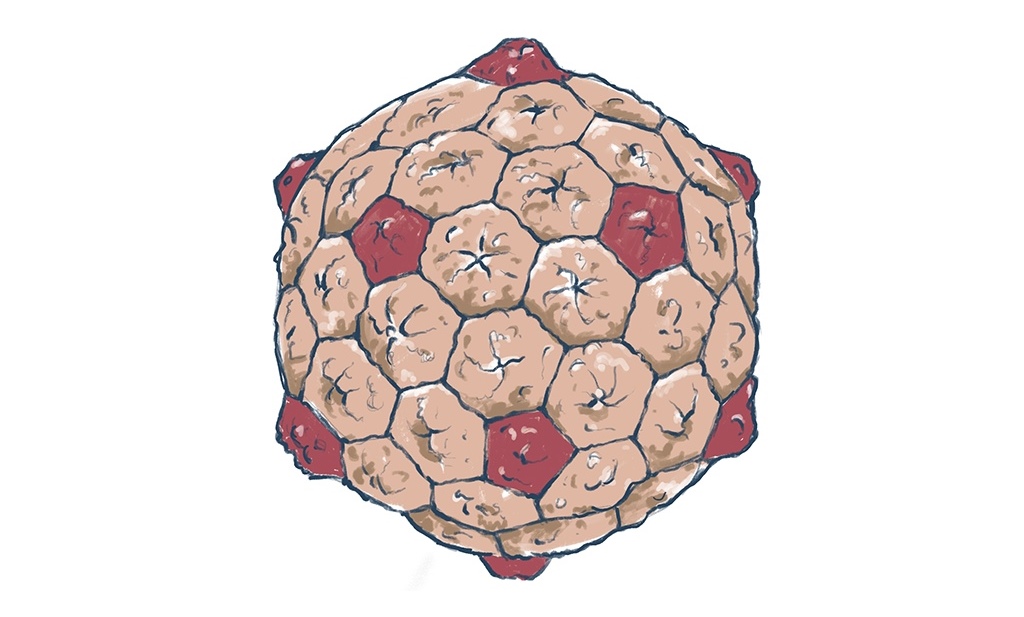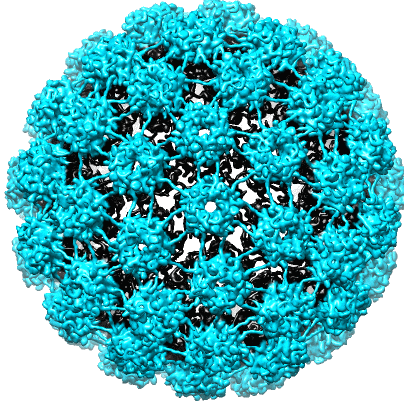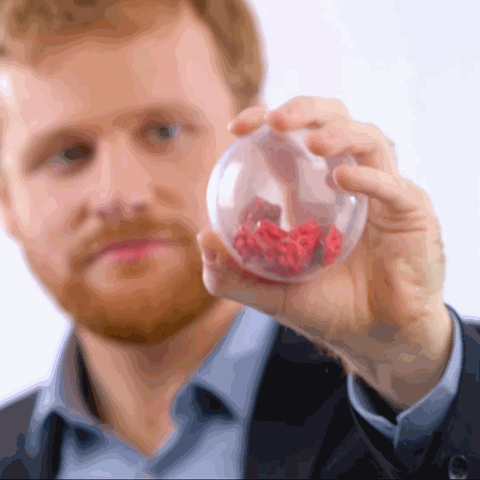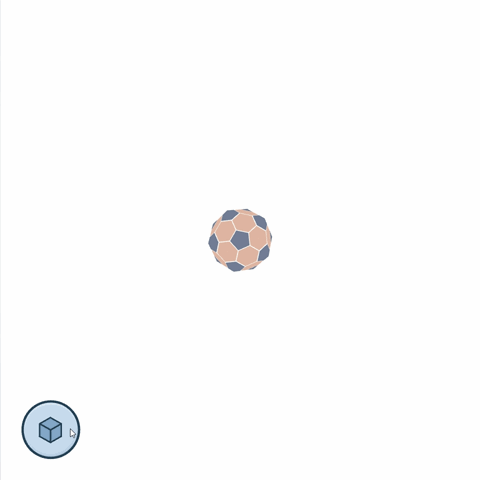
Factsheet
Developer:
Hamish Todd, University of Edinburgh
Personal website
Biography
Contact:
hamish.todd1@gmail.com
Address:
8 Parklands Road
London, UK
SW16 6TD
Phone:
+44 07722 400 806
About
Virus, The Beauty of the Beast is an interactive documentary about viruses. Virus have shells that are made of beautiful patterns - the patterns on Zika virus actually have connections to medieval Islamic art, and this documentary explores other connections between viruses and human designs. Throughout it, the audience can interact with actual scientific models of viruses.
Who am I? My name is Hamish Todd, and I'm a computational biology PhD student working between the University of Edinburgh on applying new methods in computer graphics (usually VR) to the study of biological molecules.
Why did I make The Beauty of the Beast? I'm part of a group that is trying to change education by making "explorable explanations", which aim to let laypeople play with the beautiful things that mathematicians and scientists spend their time with. We believe that playing with a system is the best way to learn about it.
But that's not how it started. It honestly started out with me just wanting to make a fun video game!
I grew up with video games, and after studying mathematics in my undergrad, I joined the games industry. Like a lot of people of my generation, I feel that video games, have had their potential squandered (only a few games, like Portal and Braid, provide exceptions to that). While in the industry - apart from a brief stint designing levels for a Hello Kitty game - I was mostly on my own stuff, and released a puzzle game partly about Islamic art, and a simple prototype that would eventually lead me to the idea of an “interactive documentary”.
While studying maths I had learned about viruses, and about their connection to Islamic art, which amazed me. I found it staggering that such beautiful things could surround us without most people being aware of it. I wanted to let people see it, and I knew that my game design skills could help me do that.
I expected the project to take 10 months. It has now taken three years, mostly with me working on it in my spare time. During these three years I have worked as a teacher; I’ve worked on a new kind of rice hoped to save a billion people from malnourishment; and I began a PhD in virtual reality representations of biomolecules. When I began I had never done 3D programming before, and I had never presented on camera before - I ended up re-writing and re-shooting the whole thing six times.
Videos
Static version for embedding, youtube link
Conference lecture on origami relations, youtube link
The very first version, youtube link
Pleasant bug, youtube link
Example of a "VR lecture", which my PhD concernsyoutube link
Images


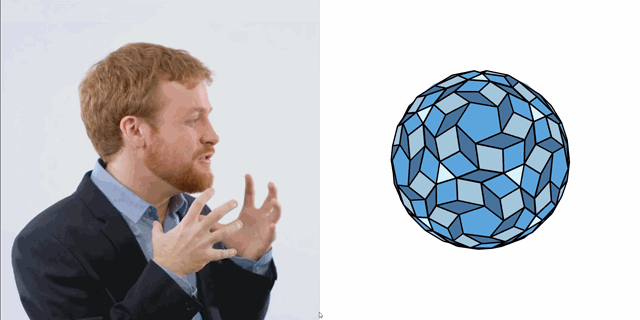
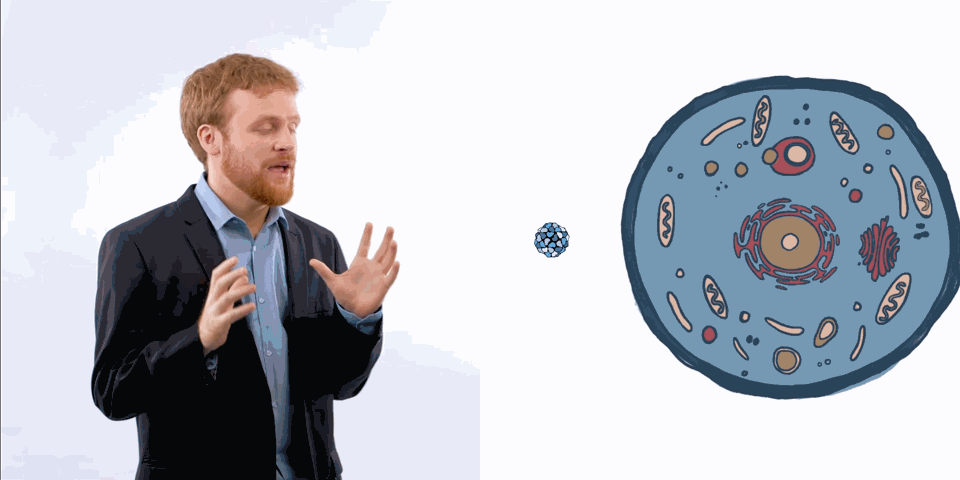
There are more images available, but these are the ones I felt would be most useful to you. If you have specific requests, please do contact me!
Recognition & Press


"Absolutely fascinating [...] a lovely new angle on the motley domain of explorable explanations."
~Andy Matuschak, Khan Academy
"Very compelling [...] both the narration and the interactive elements opened a window into your perception of a complex subject"
~Philip Tan, MIT Game Lab
"Very engaging [...] My 7-year-old was keen to try and reproduce the different virus structures, but wouldn’t have engaged with a pure documentary format."
~Jacob Habgood, PhD, author, "Motivating Children to Learn Effectively"
"Holy crap! [...] Hot dang!"
~Nicky Case, co-creator, Parable of the Polygons
- This new interactive documentary on viruses is spellbinding - Gizmodo
- This Incredible Interactive Documentary Reveals The Mathematical Grandeur Of Viruses - Digg
- Fun with microbiology: Virus, the Beauty of the Beast - The Aperiodical
- Making Music of the Spheres - article about my previous project, touching on this one
The science of the three models
The "hexagons and pentagons" model describing Hepatitis, discovered in 1960, goes by the name of "Caspar Klug theory" and is one of the most important theories in all of structural biology. It describes the majority of viruses - Herpes, polio, the common cold, rotavirus, and lots of those viruses affecting your cats and dogs and crops (in fact 90% of all living things are viruses - so *the majority of living things* one of these hexagon-pentagon arrangements!). Almost every new discovery regarding virus structure is seen in light of this model. One of the largest virus information databases, viperDB, partly organizes their data around this model.
The "corner moving" model describing HIV is a new model developed in collaboration with Antoni Luque at the Viral Information Institute in San Diego State University. Work on it has not yet been peer-reviewed. To be clear, it is *not* going to lead to a cure for HIV, but we do expect it to be useful for modelling viruses with shells *like* HIV.
The "Islamic art" model that describes Zika virus and HPV is a funny one. It was published extremely recently (2015), by Olga Konevtsova (Physics of the Solid State 57.4). Is it a completely reliable model? We aren't sure - we don't have enough data at the moment. But whatever we find, the connection between Islamic art and HPV isn't going to go away. Other work on HPV (Twarock 2004, Klug 1990), via the "Penrose tiling", connects it to what we believe the architects of the Darb-I imam shrine to have been thinking about (Lu, 2007)
For more details, contact me! There is a lot of information substantiating the connections I make further which I left out
Credits
Design, writing, programming and presentation
Hamish Todd
Scientific consultation
Antoni Luque
Cinematography
Diego Almazán De Pablo
Illustrations
Sheree Walker
Contact
Inquiries
hamish.todd1@gmail.com
Twitter
twitter.com/hamish_todd
Skype
hamishpetertodd
Facebook
facebook.com/viruspatterns/
presskit() by Rami Ismail (Vlambeer) - also thanks to these fine folks
